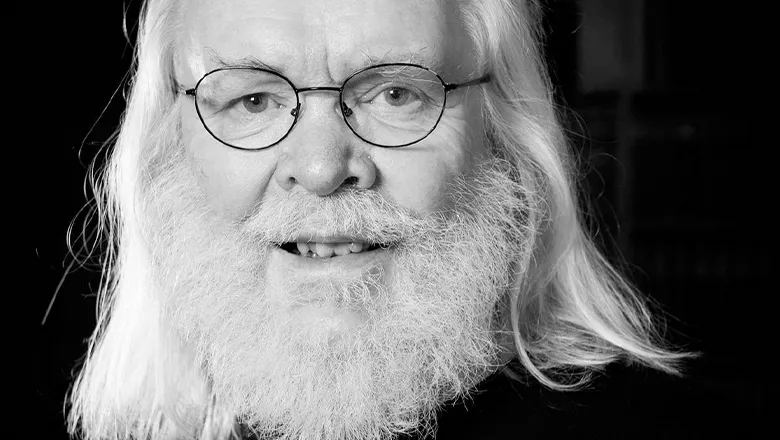radioisotopes would be a smoking gun, warning us that the Universe can sometimes be a dangerous place
18 August 2020
Supernovae as 'mass murderers'
New research published into how supernovae may cause the extinction of ancient species

Professor John Ellis, Clerk Maxwell Professor of Theoretical Physics, has published new research in the Proceedings of the US National Academy of Sciences looking at the role of supernovae in the large-scale losses of ancient species.
The evolution of life on Earth over the past few hundred million years has been punctuated by mass extinctions due to natural causes, both terrestrial, such as volcanic eruptions, and extraterrestrial, such as the asteroid that snuffed out the dinosaurs. Calculations suggest that some supernova explosions due to collapsing stars might have occurred close enough to threaten life on Earth. This suggestion is supported by the discovery of the iron-60 radioisotope deposited during the past 3 million years at the bottom of the ocean, presumably by a supernova about 300 light-years away, as proposed earlier by John Ellis and collaborators.
The new research, Supernova Triggers for End-Devonian Extinctions, suggests that one or more supernova explosions closer to Earth may have triggered extinctions at the end of the Devonian Period. Plant spores from that time exhibit malformations and other damage suggesting there was a significant thinning of the protective layer of ozone in the upper atmosphere around 360 million years ago, coincident with the final Devonian extinction.
A supernova explosion around 60 light-years away could have delivered levels of ionizing radiation high enough to deplete the ozone layer for up to around 100,000 years, exposing the Earth's surface to a large increase in dangerous ultraviolet radiation, with cosmic rays potentially inflicting additional biological damage on many plant and animal species. Such a supernova explosion would likely also have deposited long-lived radioisotopes including samarium-146 and plutonium-244 on Earth. John Ellis explains that detection of these long-lived radioisotopes in geological layers deposited near the end of the Devonian Period would confirm the supernova hypothesis:
John Ellis' work is supported in part by the UK Science and Technology Facilities Council and the Estonian Research Council.
Scientists at the University of Illinois, the University of Kansas, the United States Air Force Academy and Washburn University also participated in this study.

